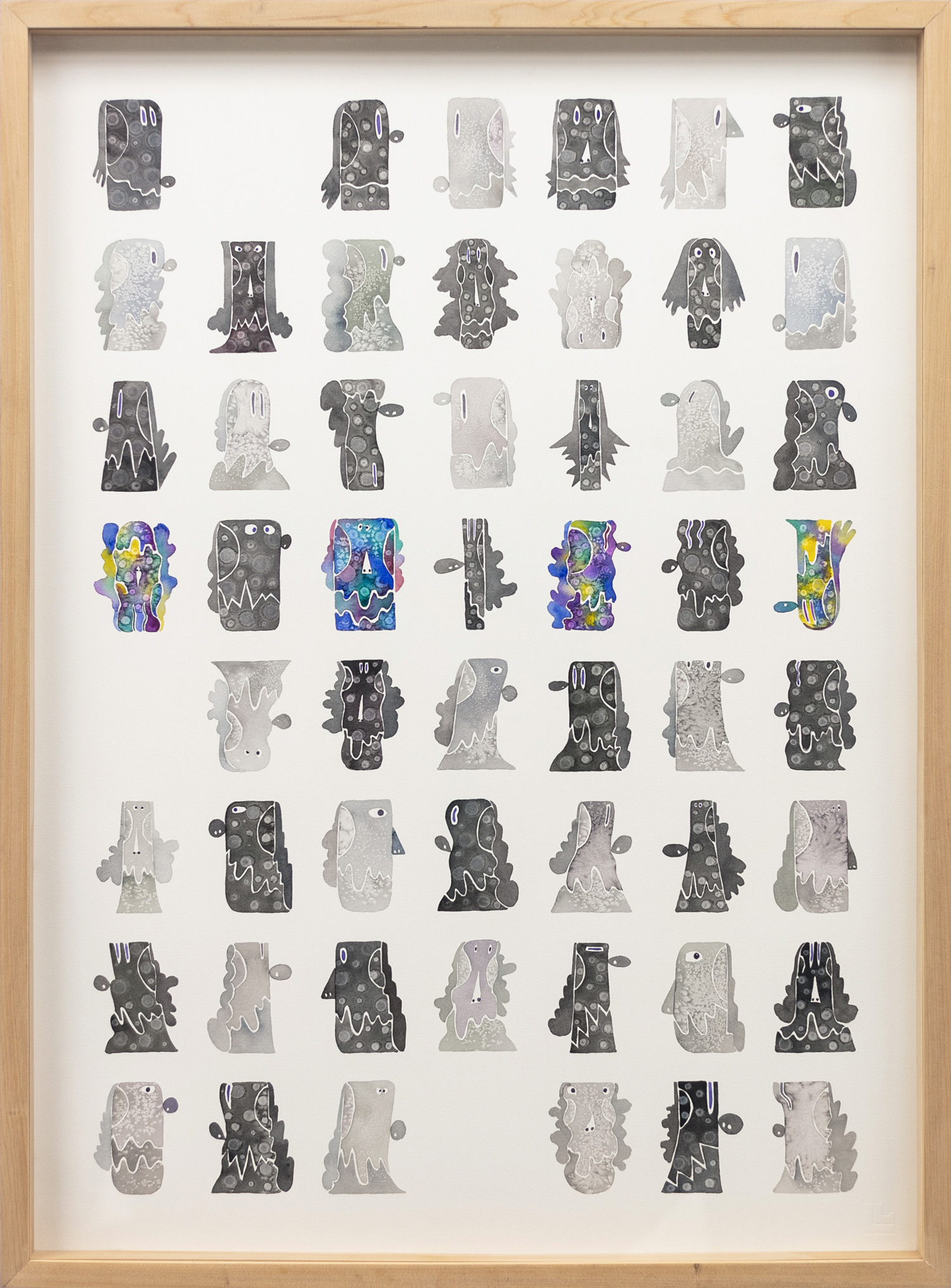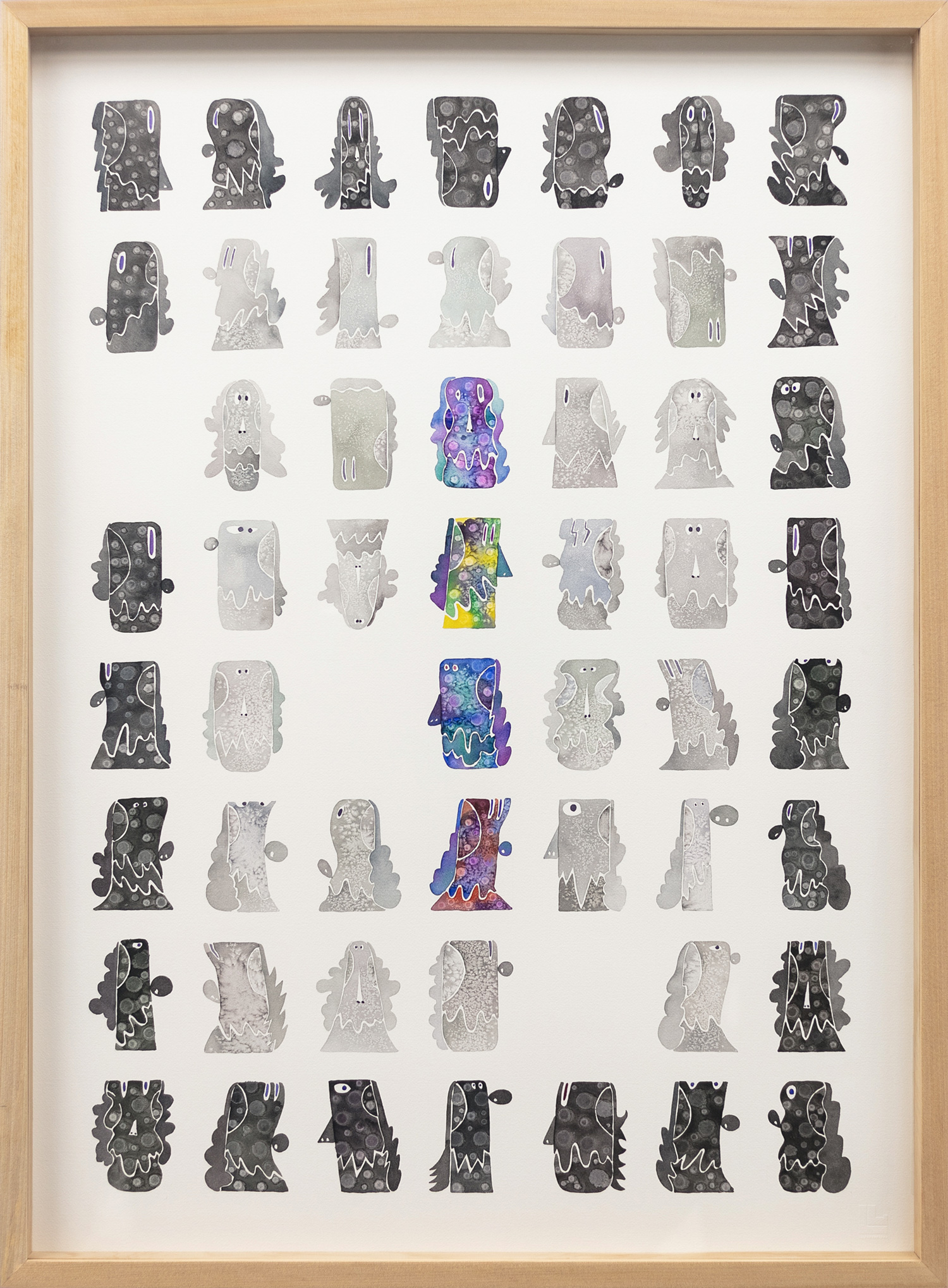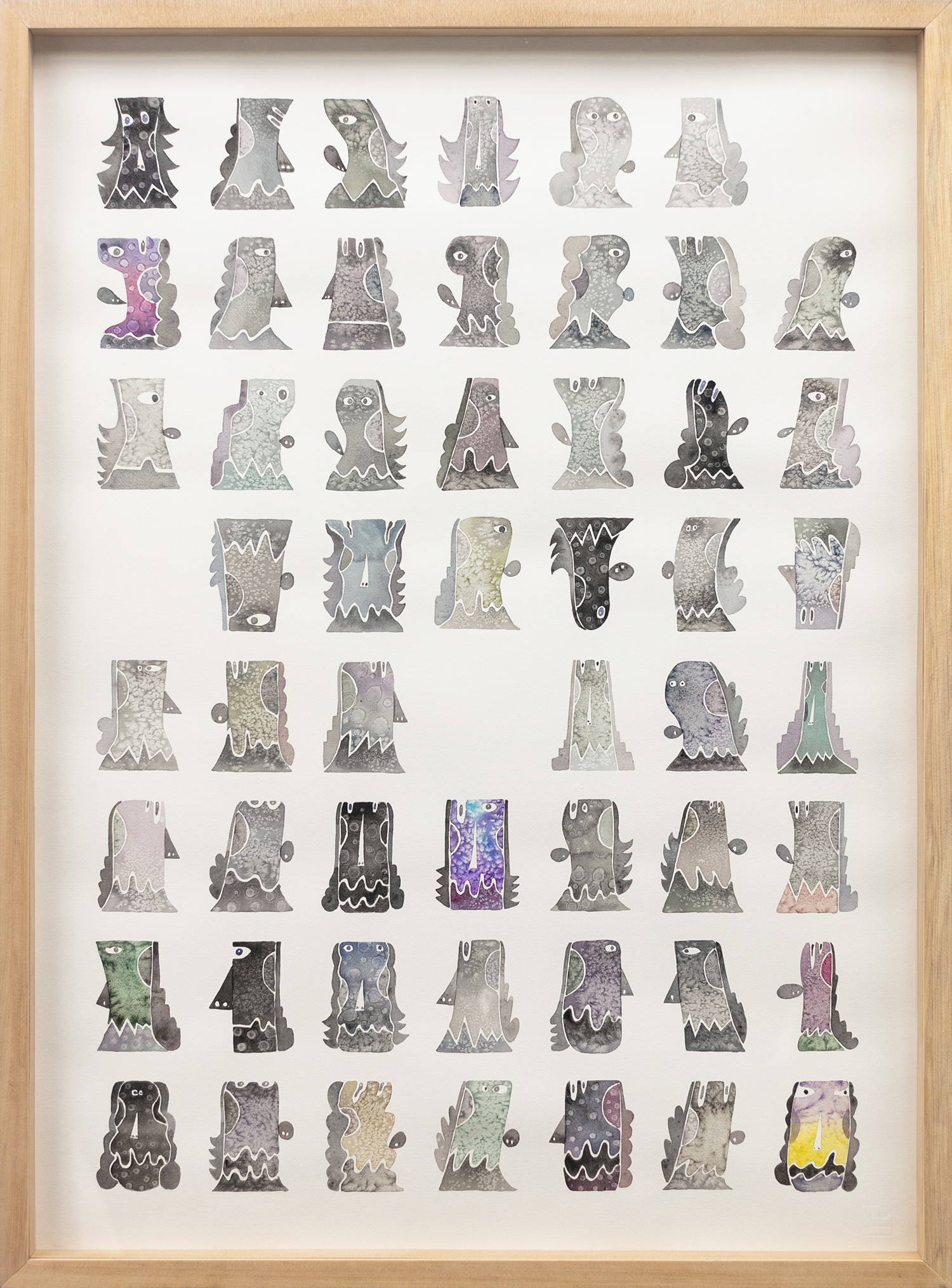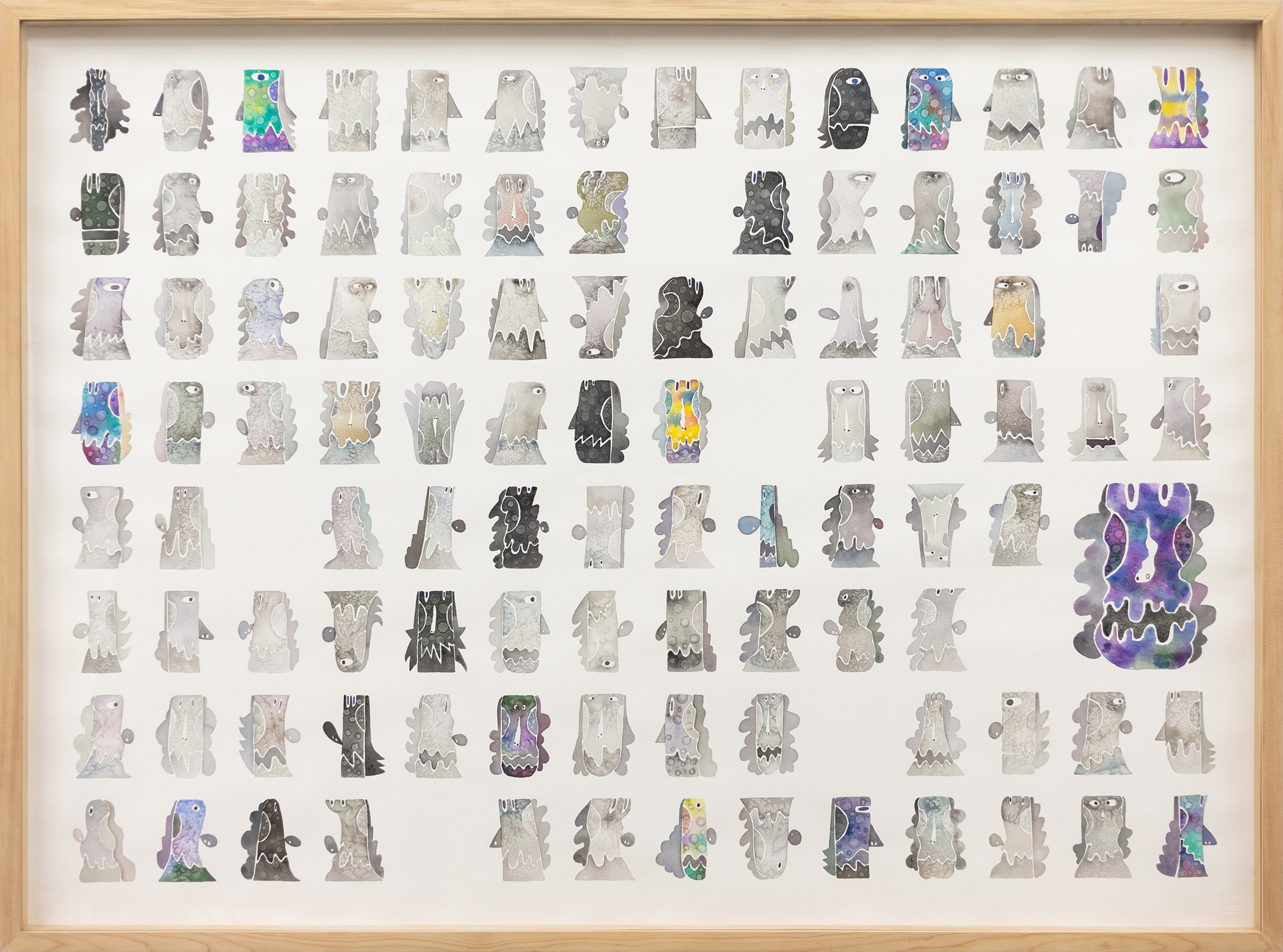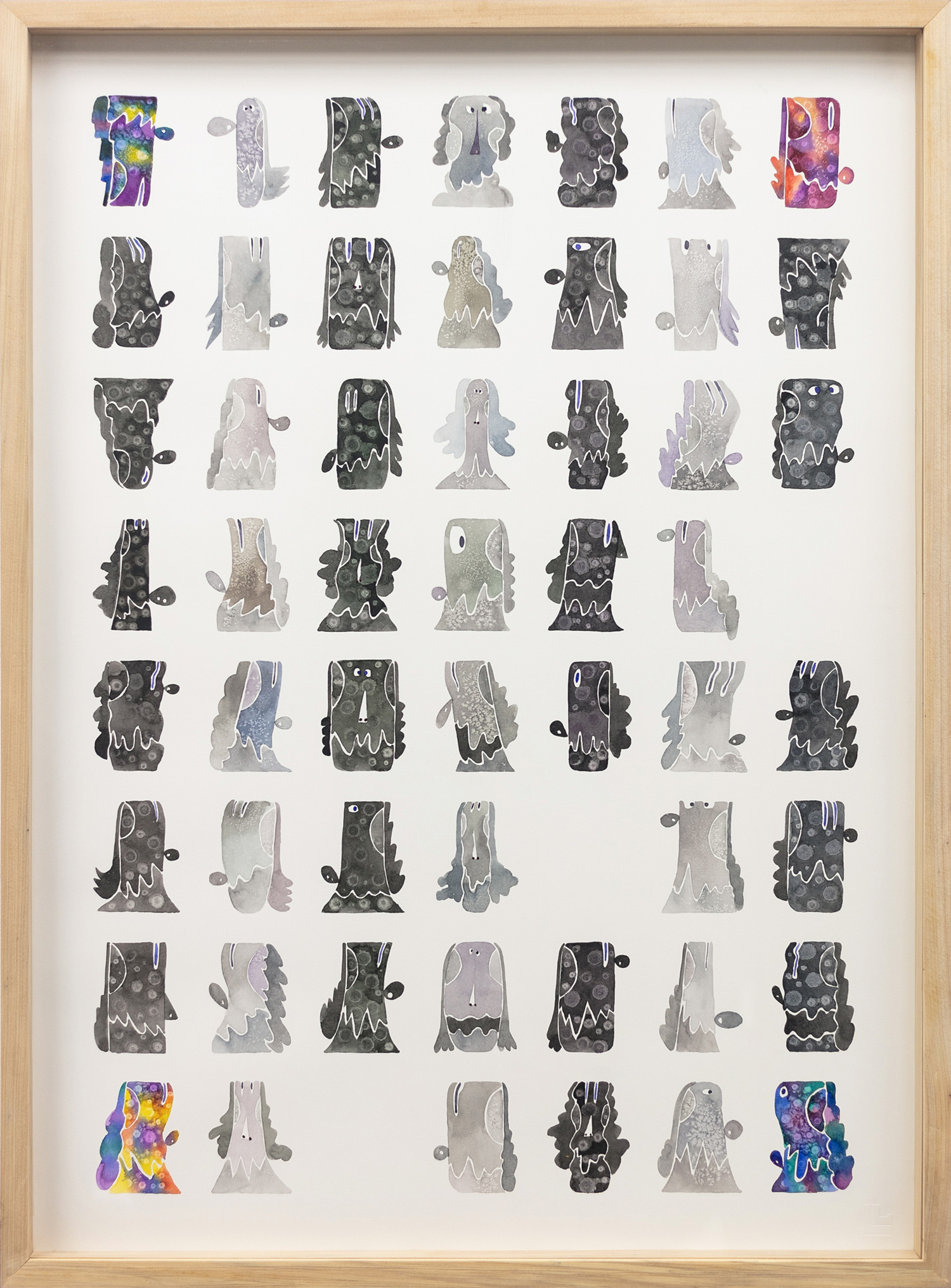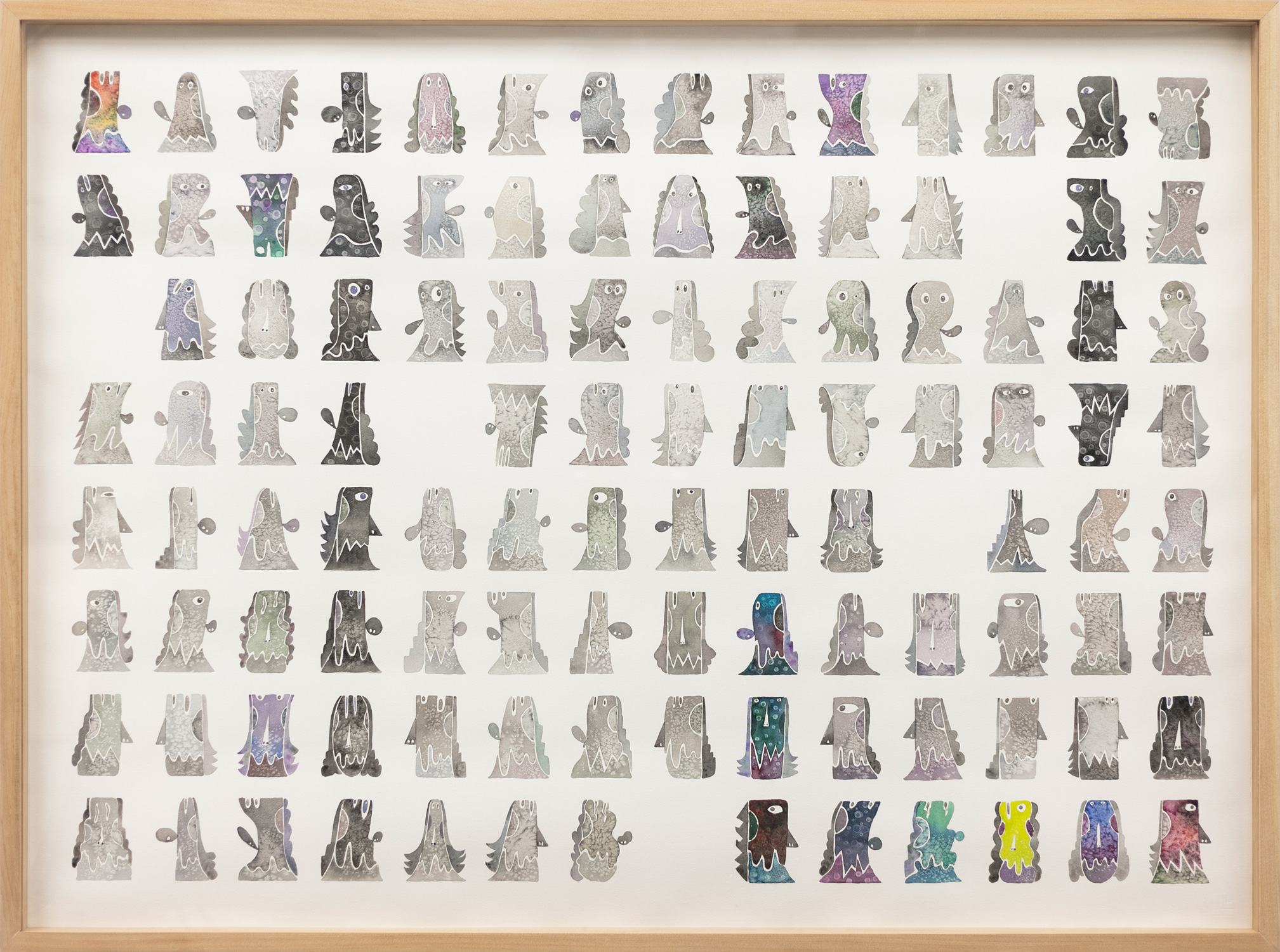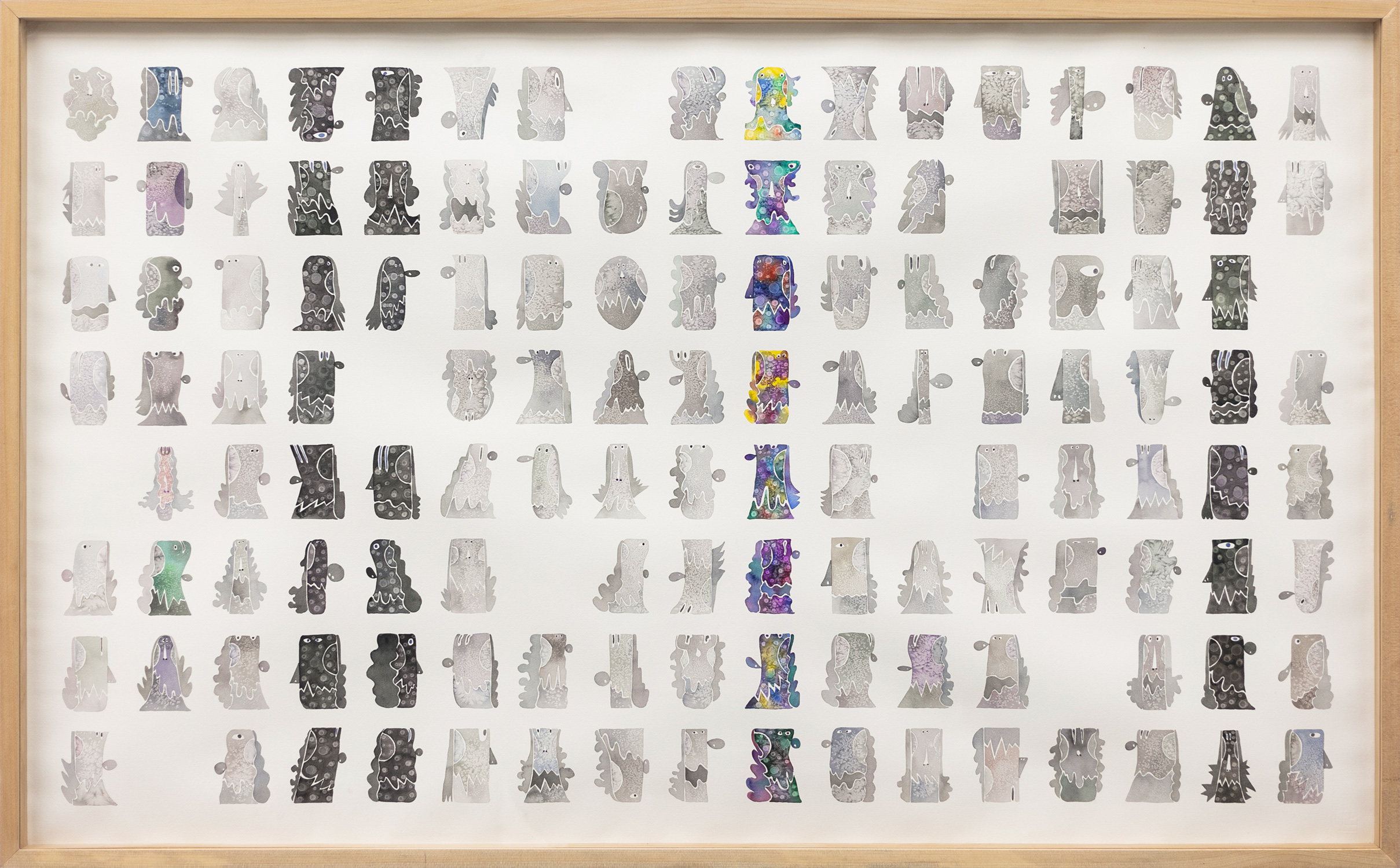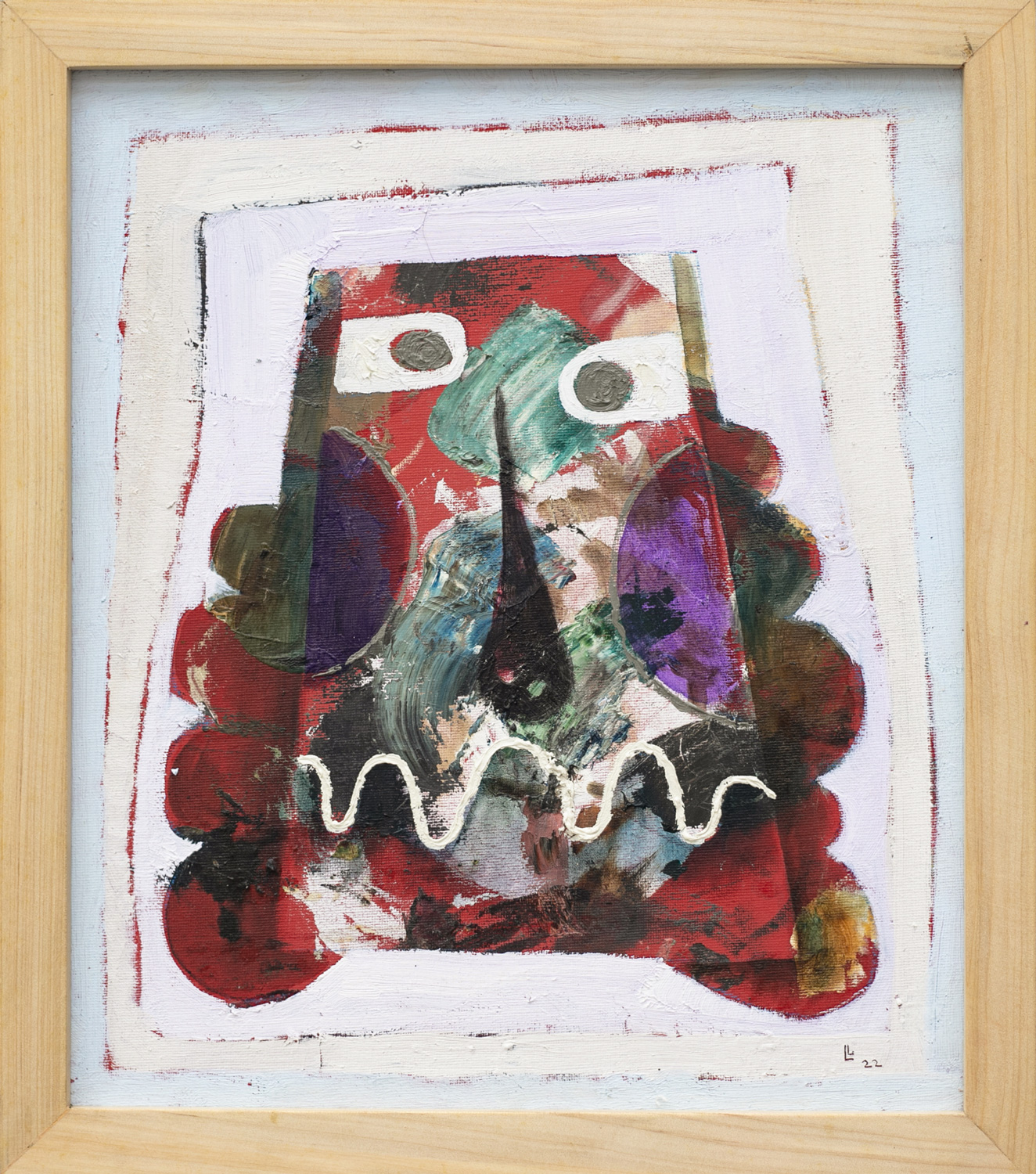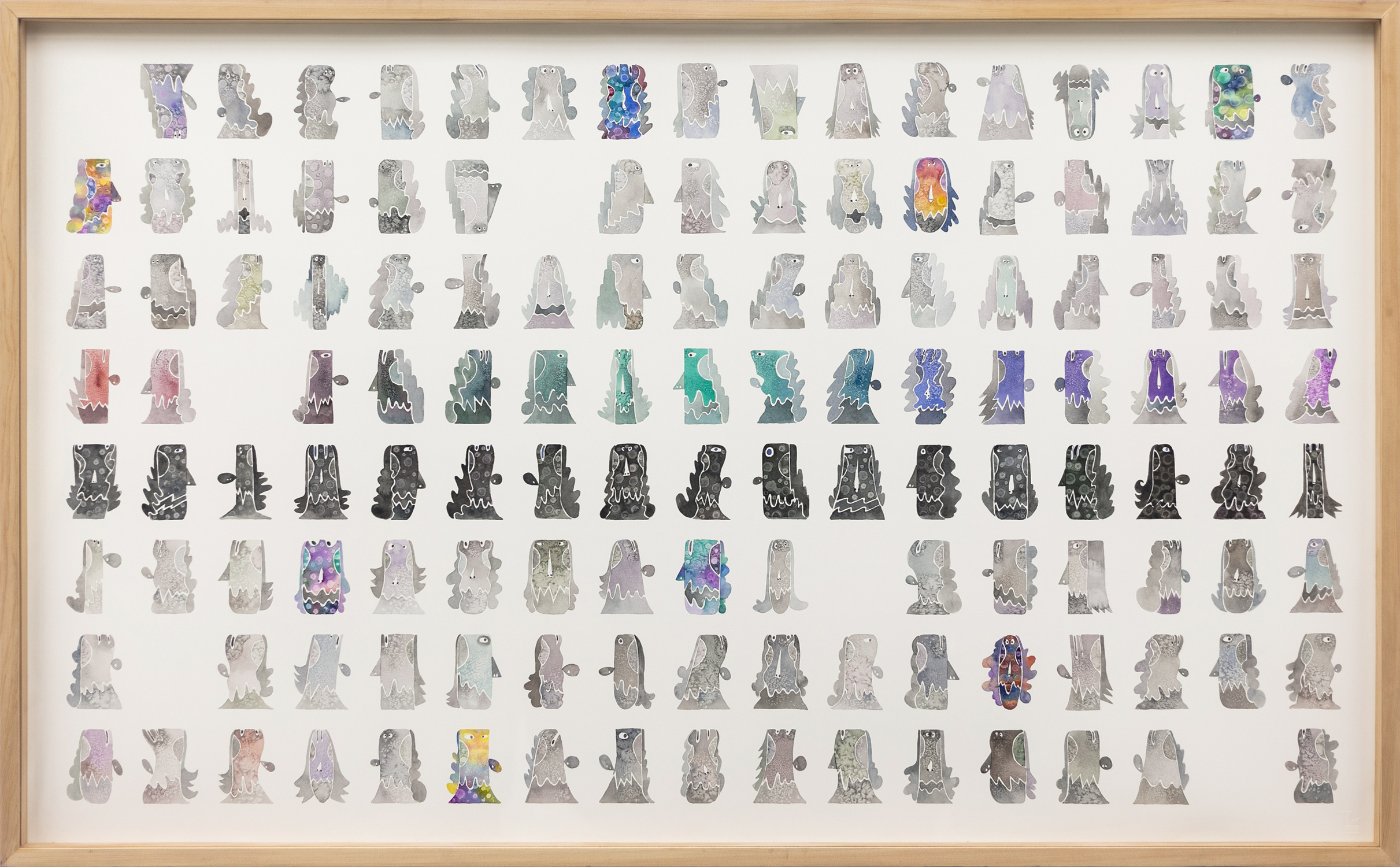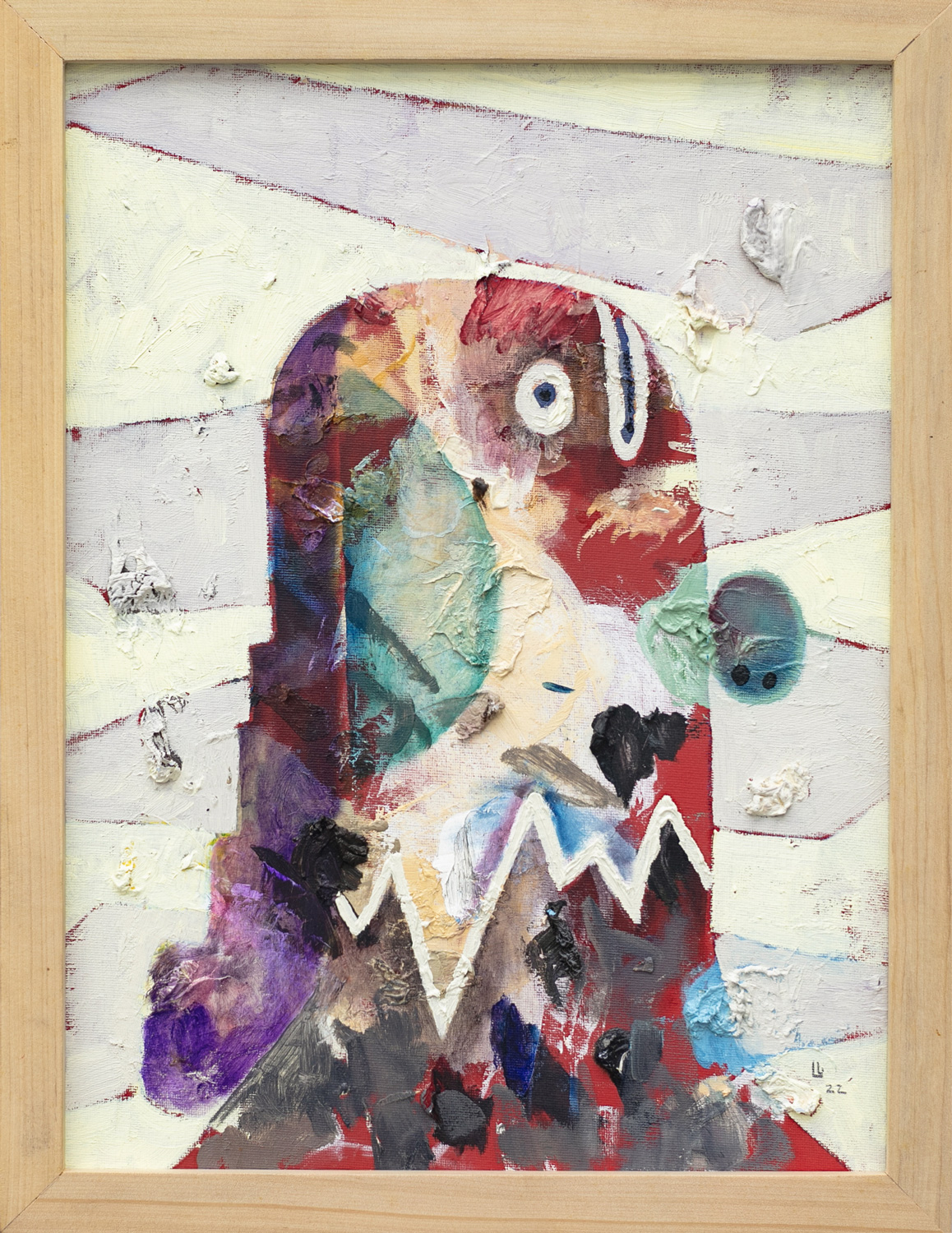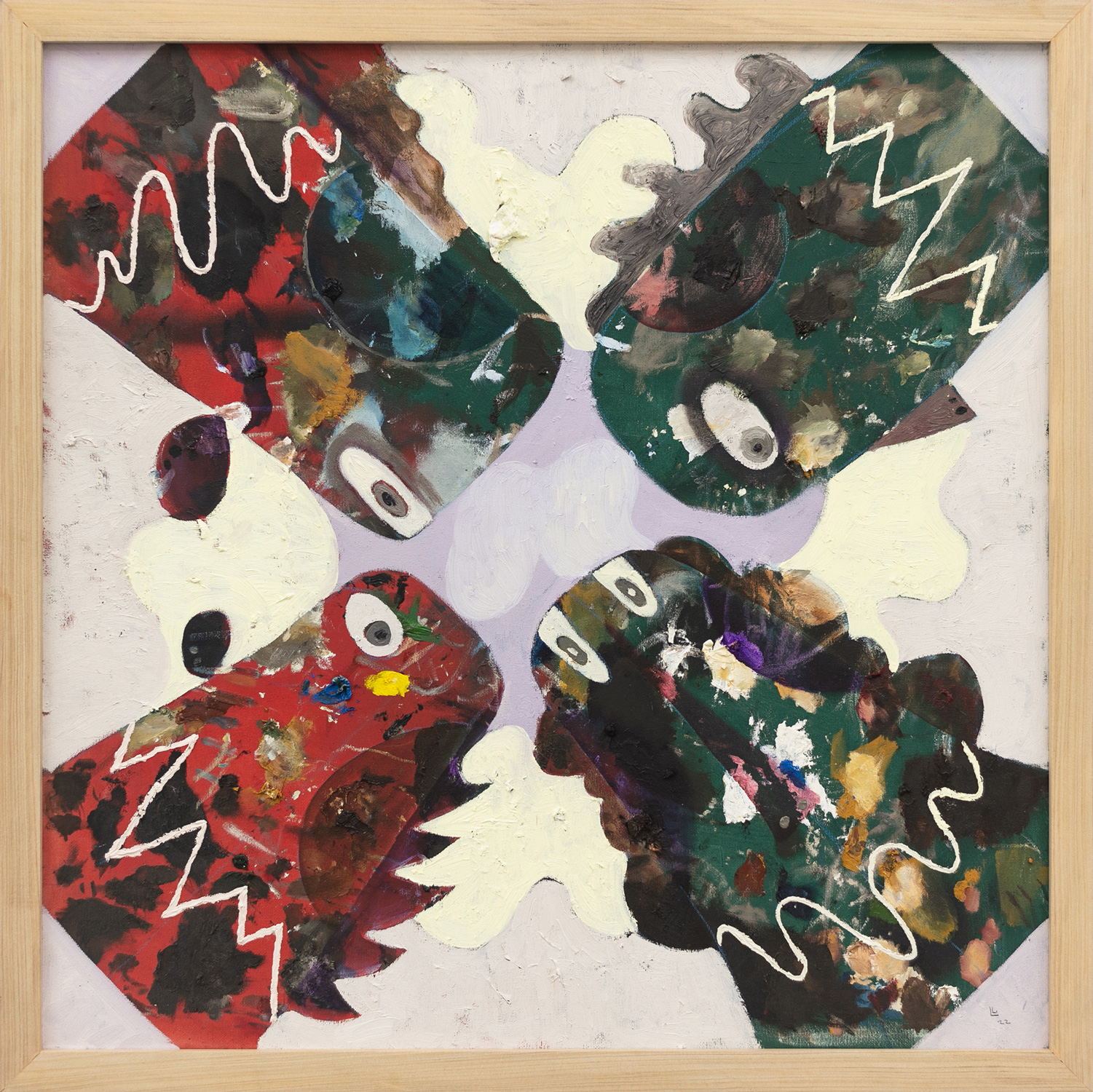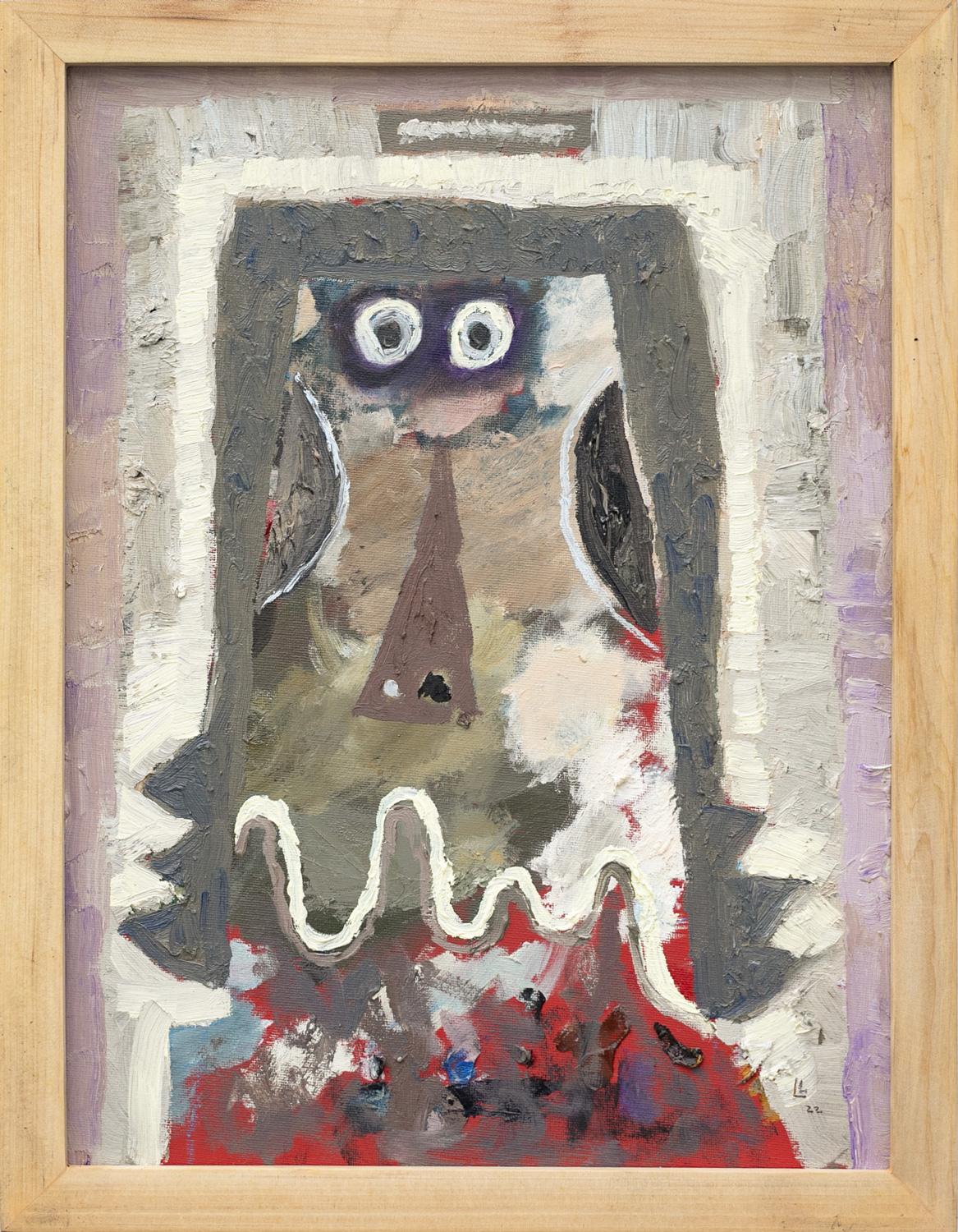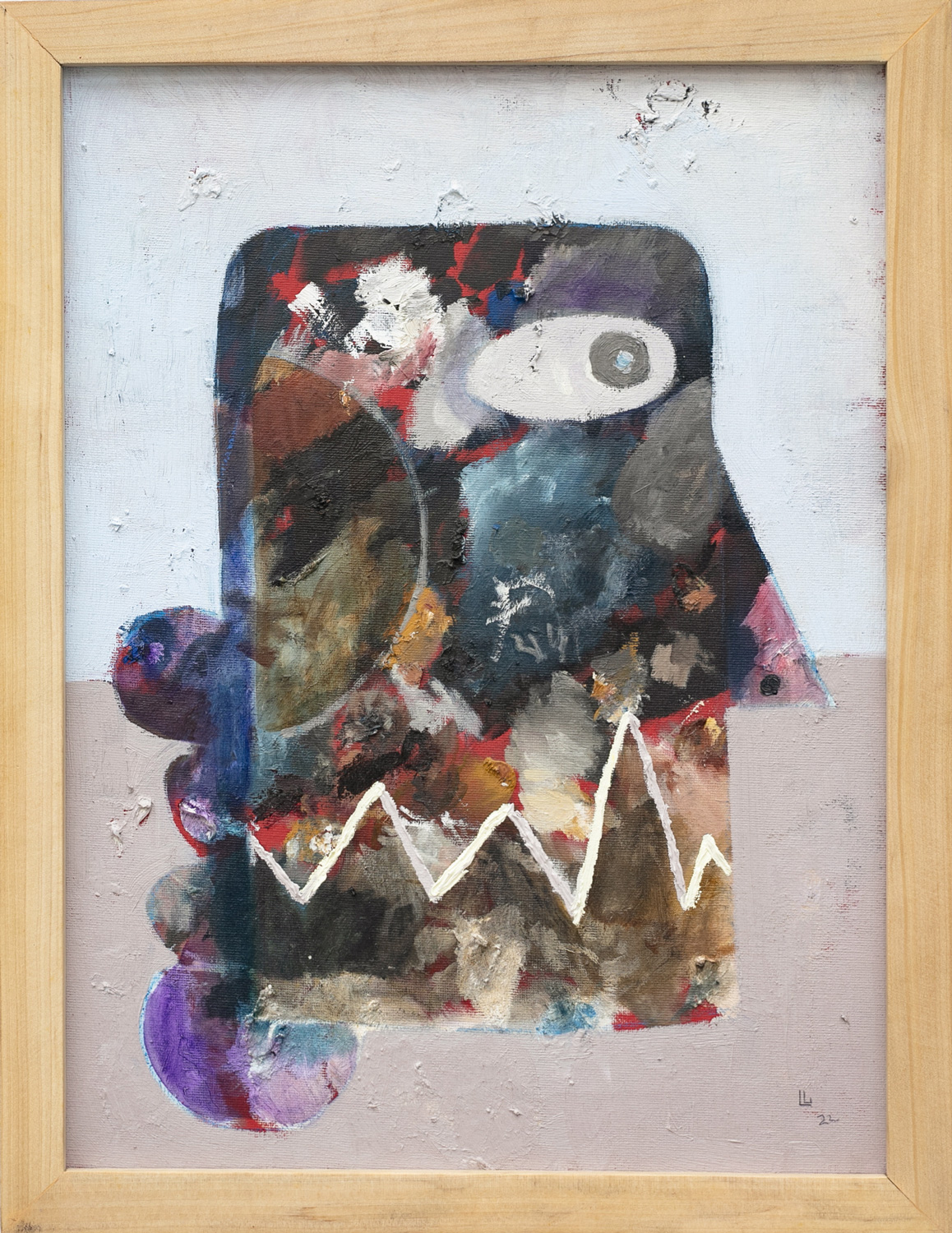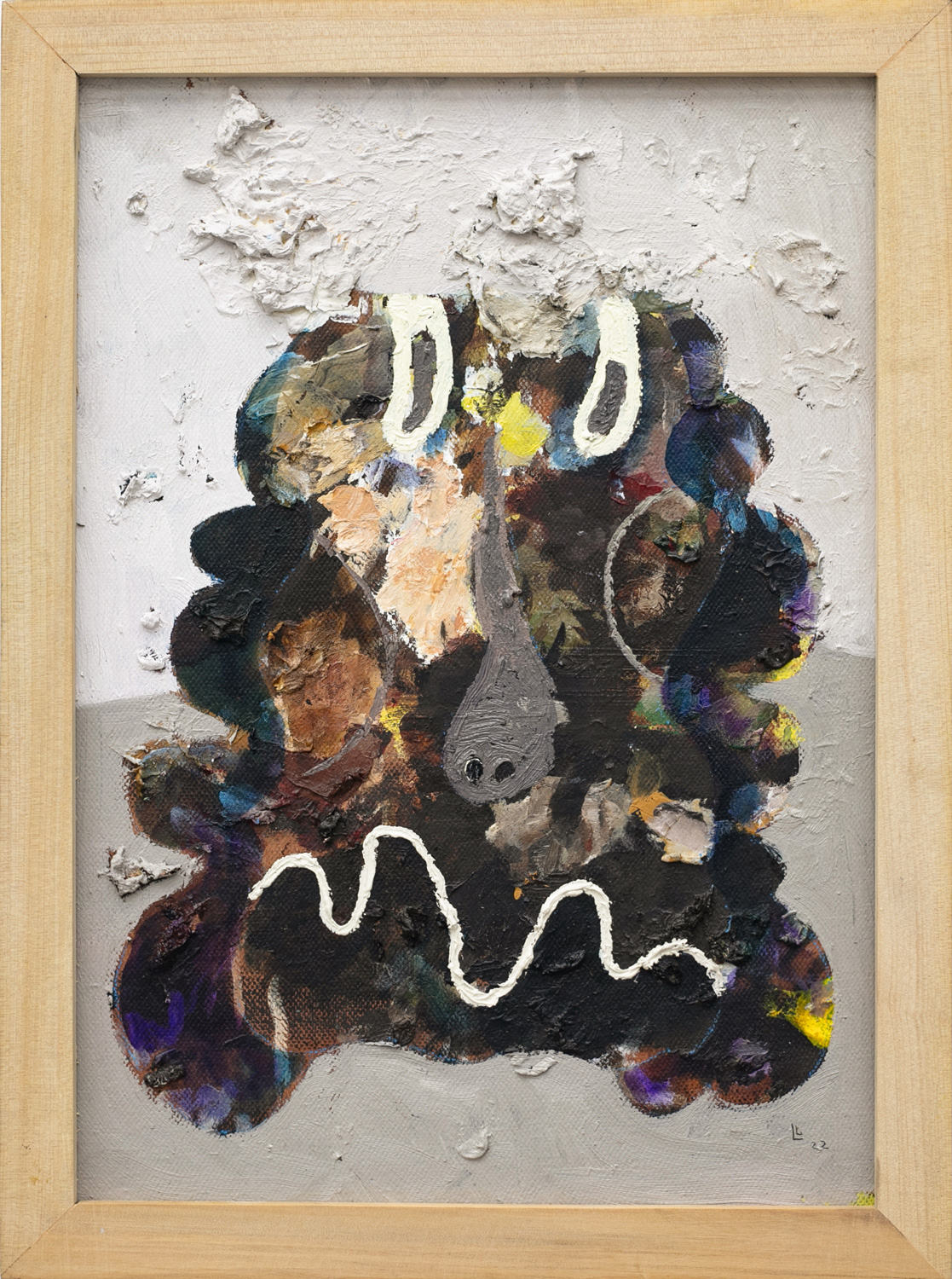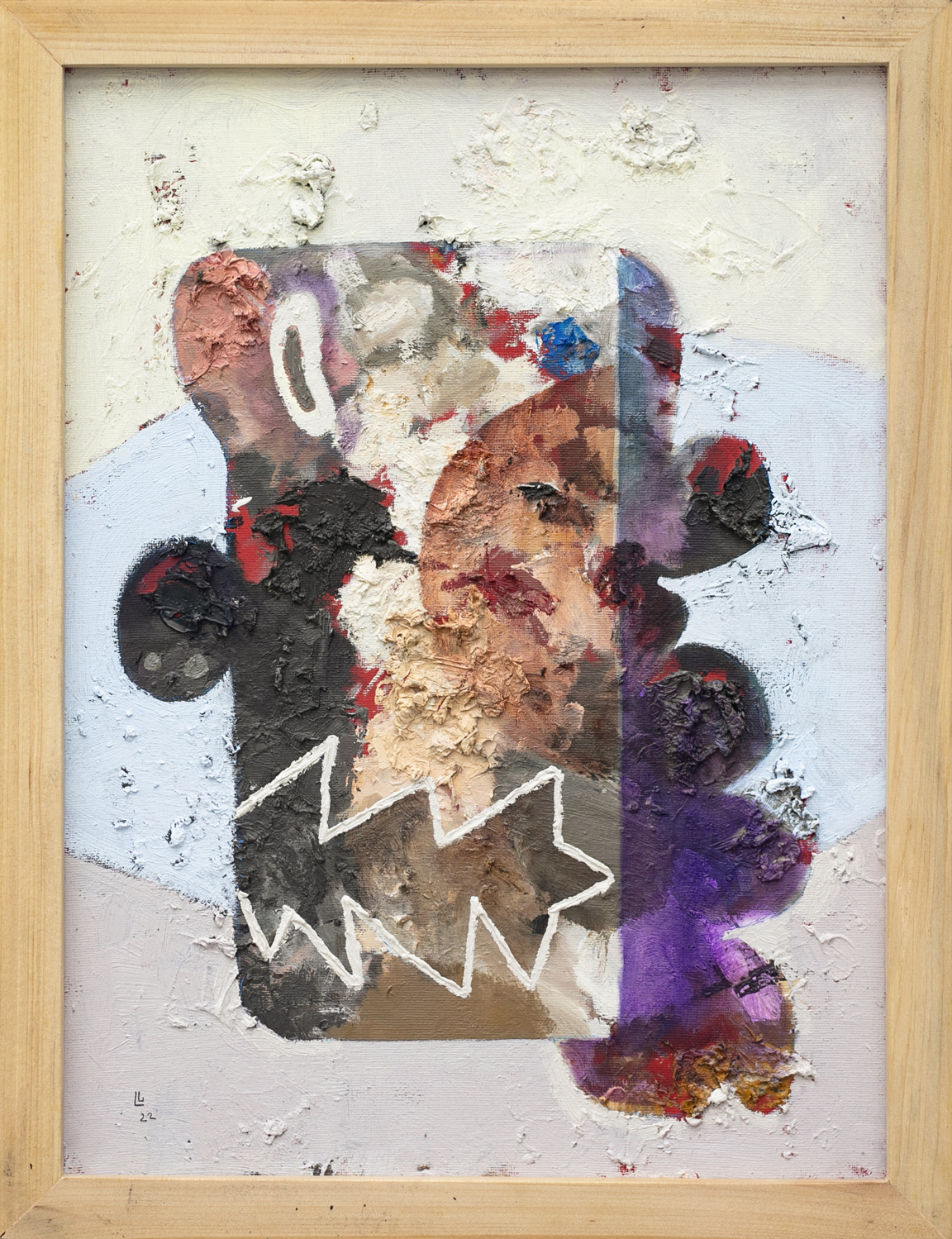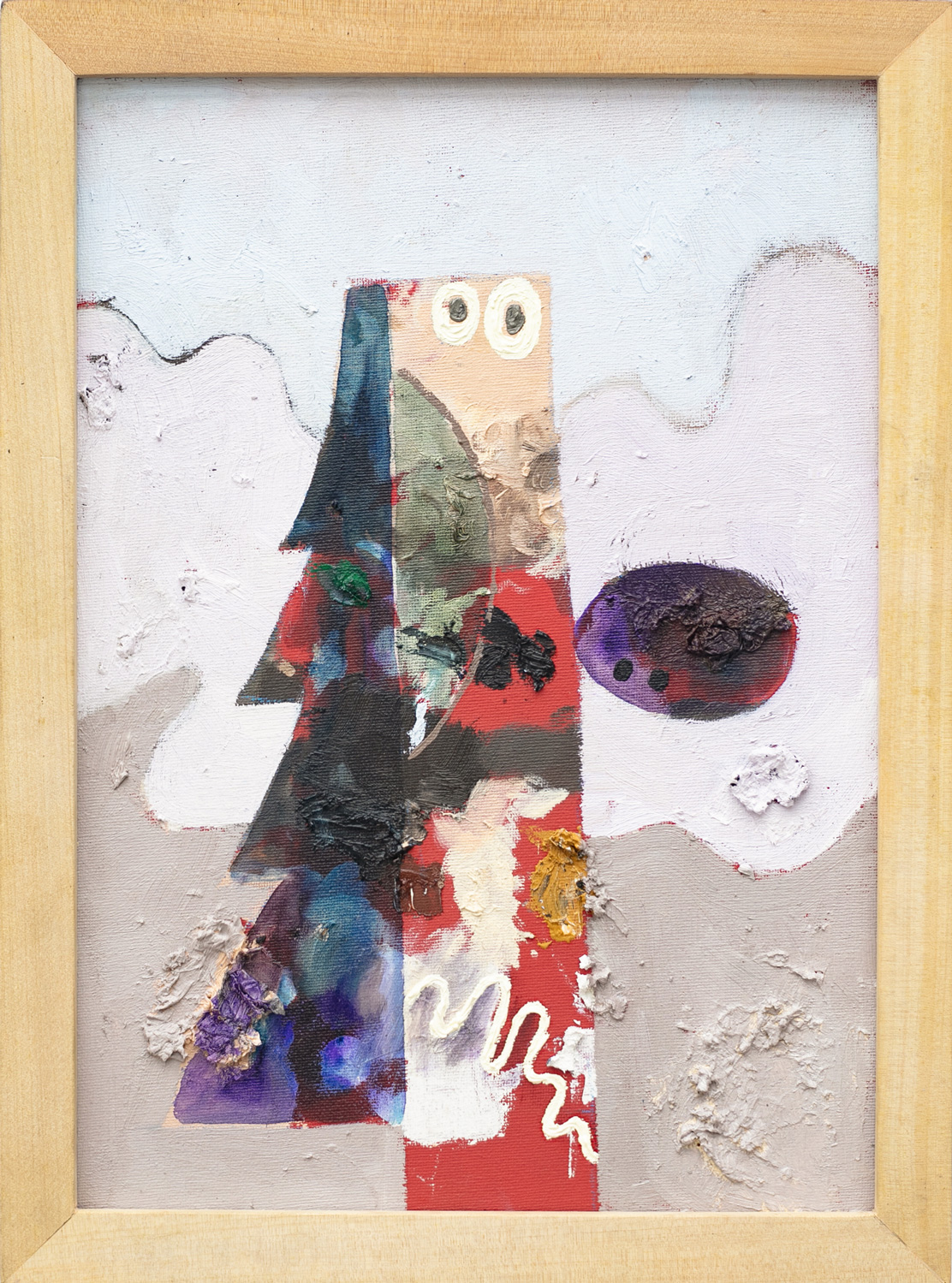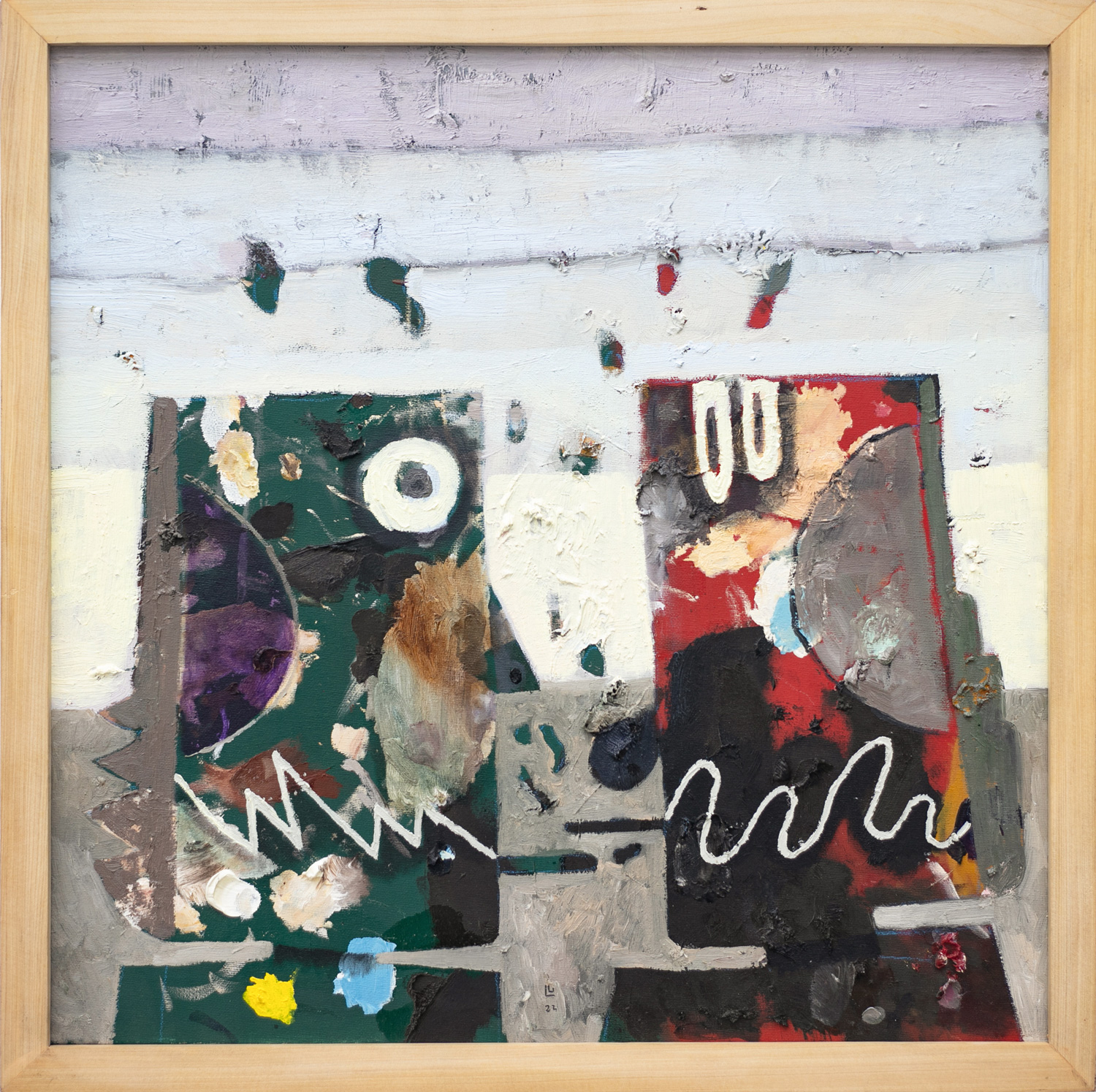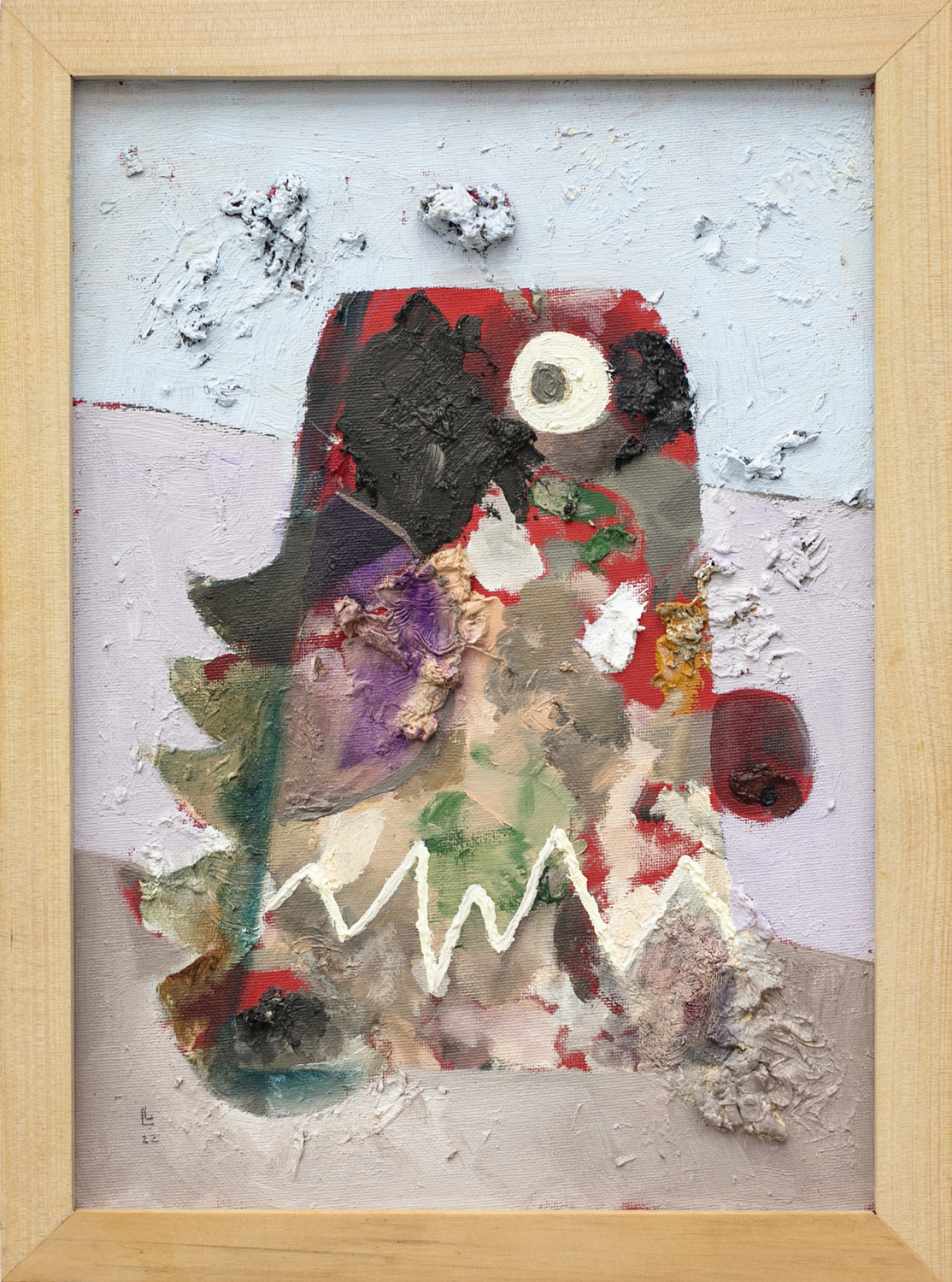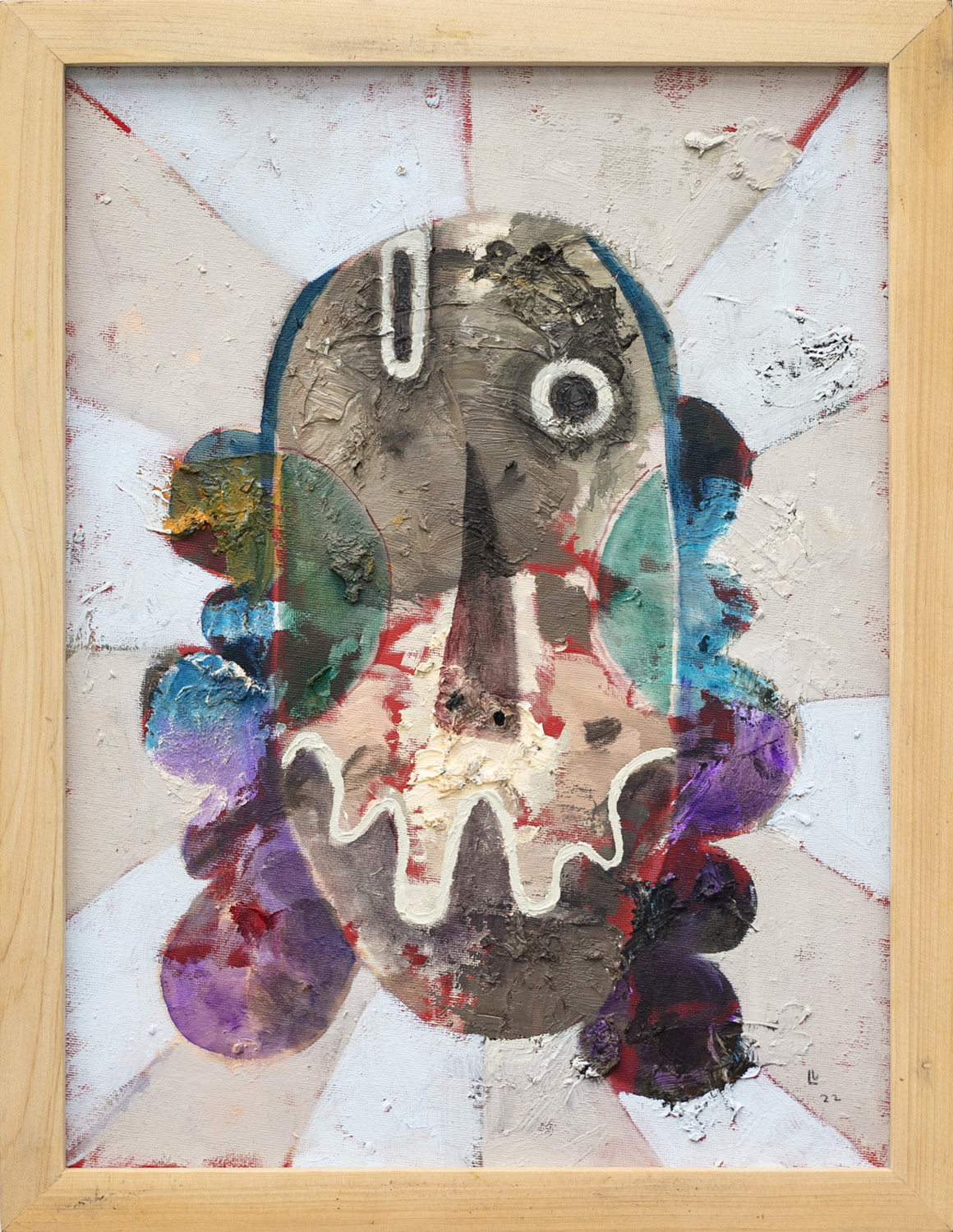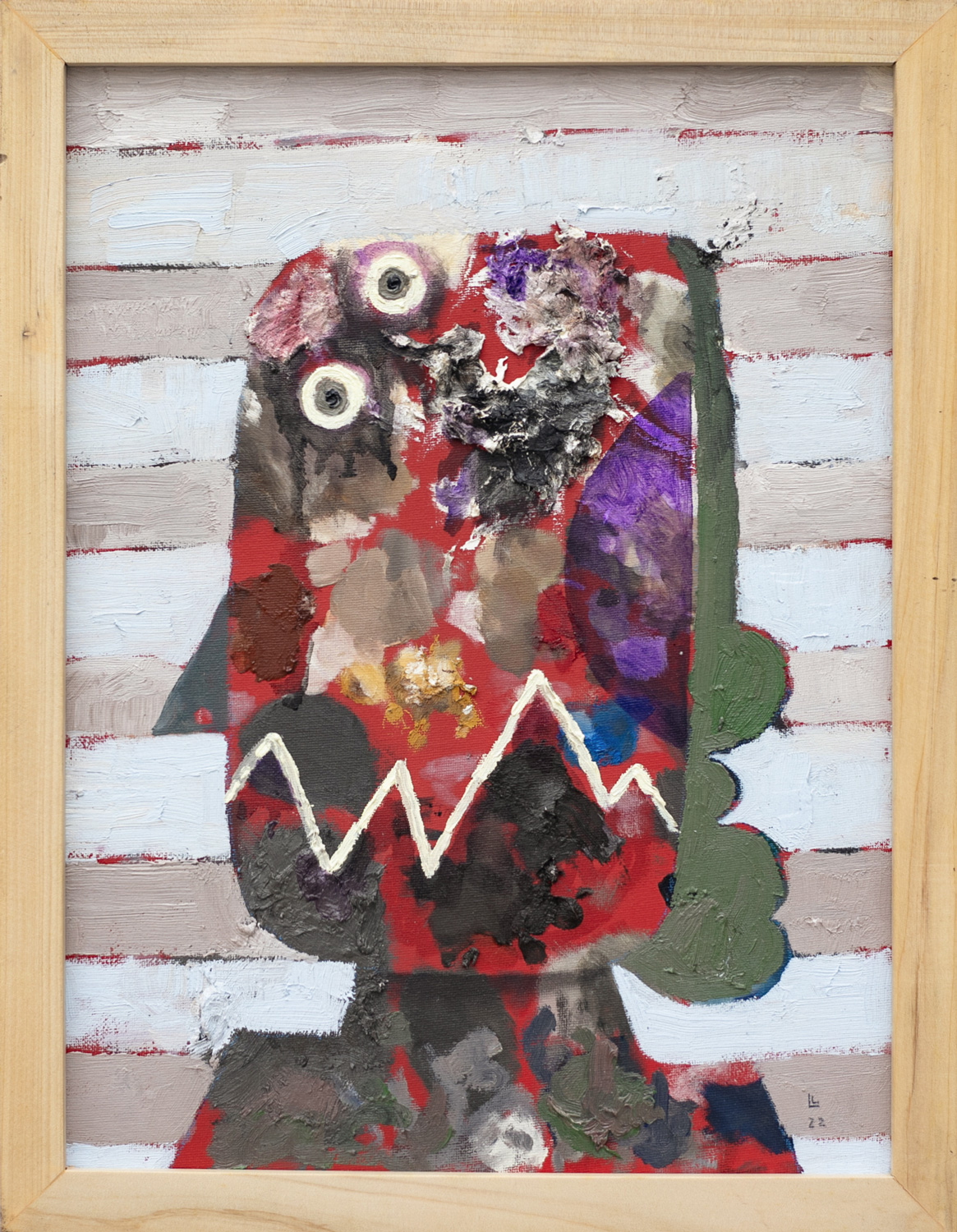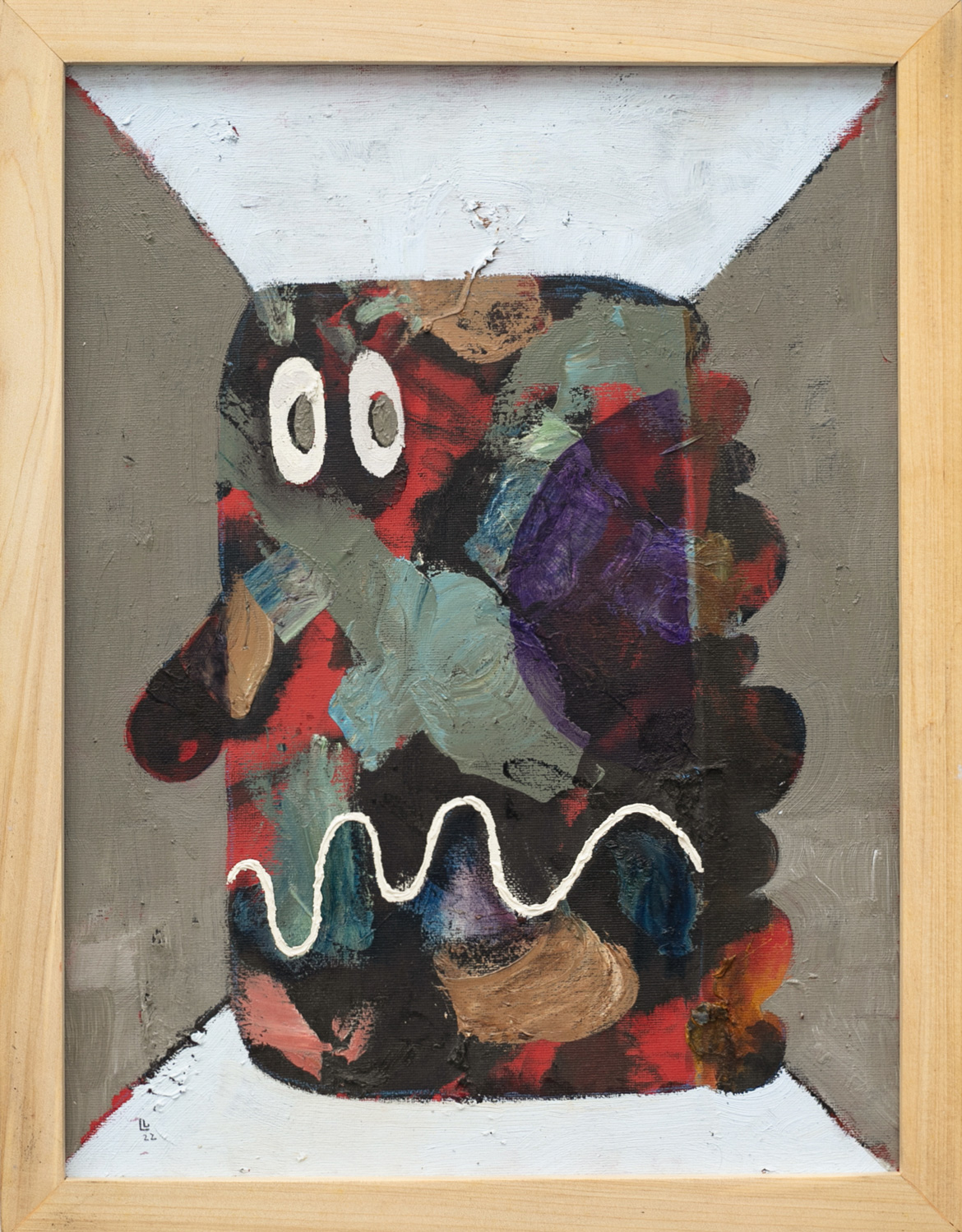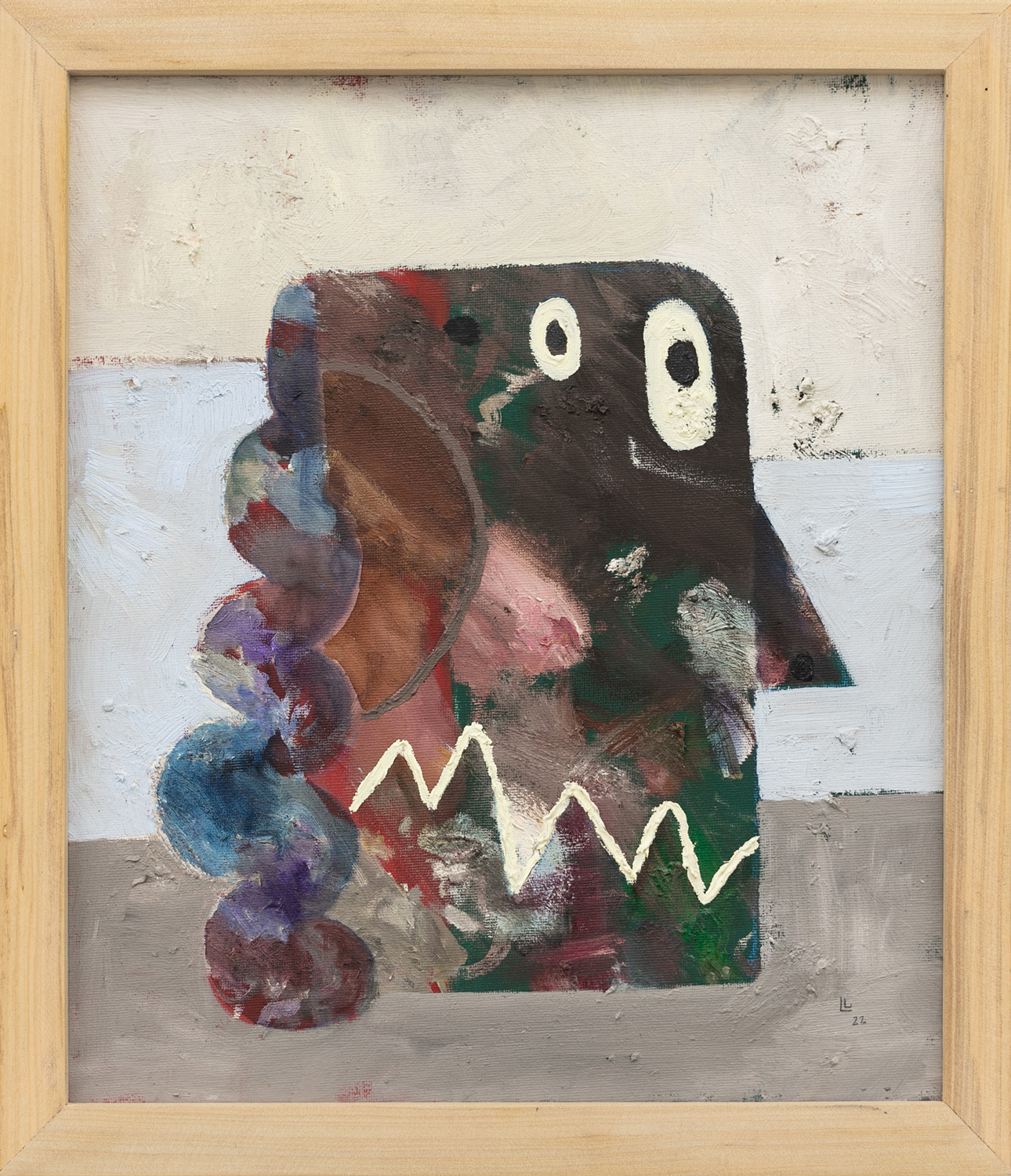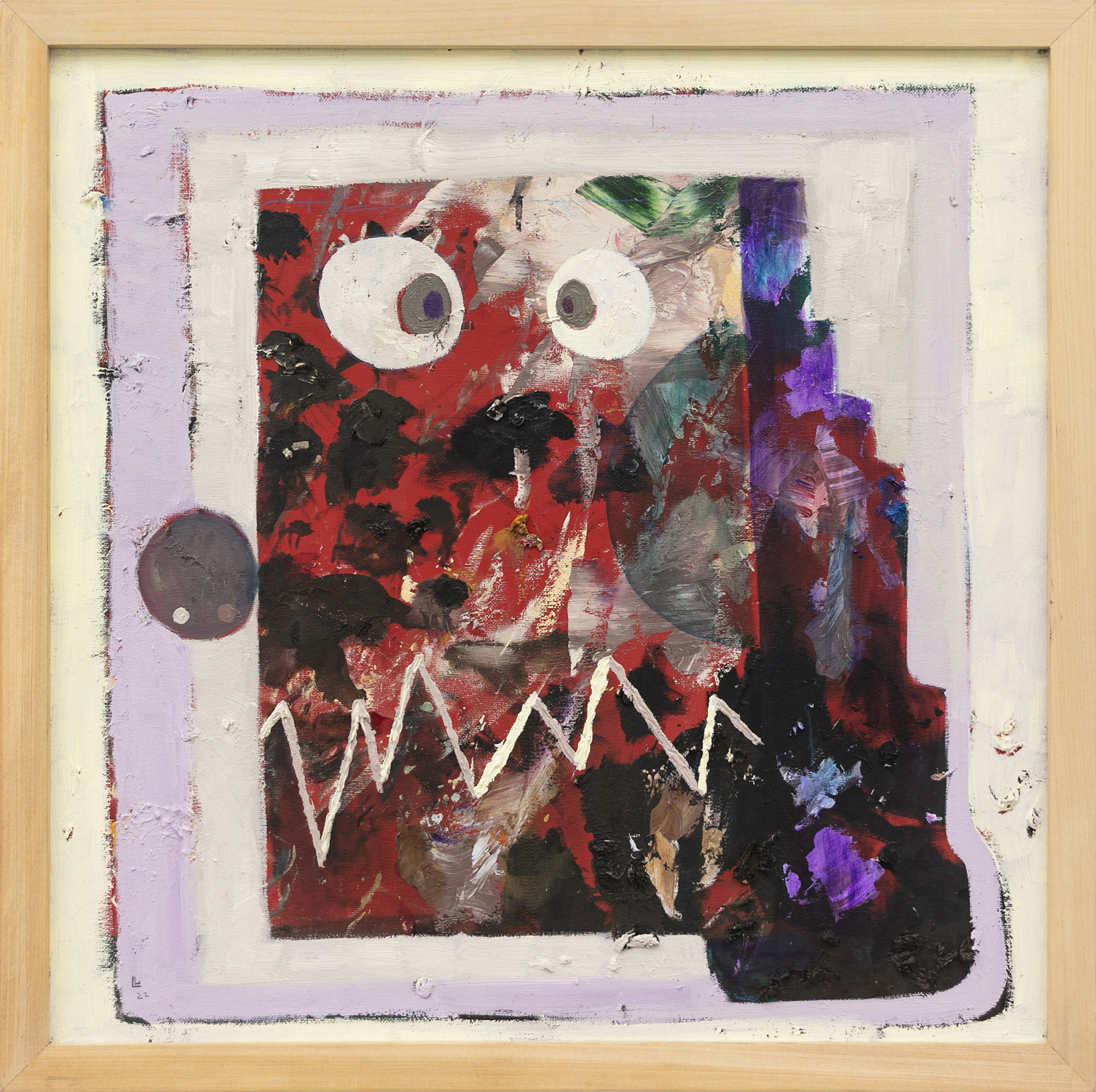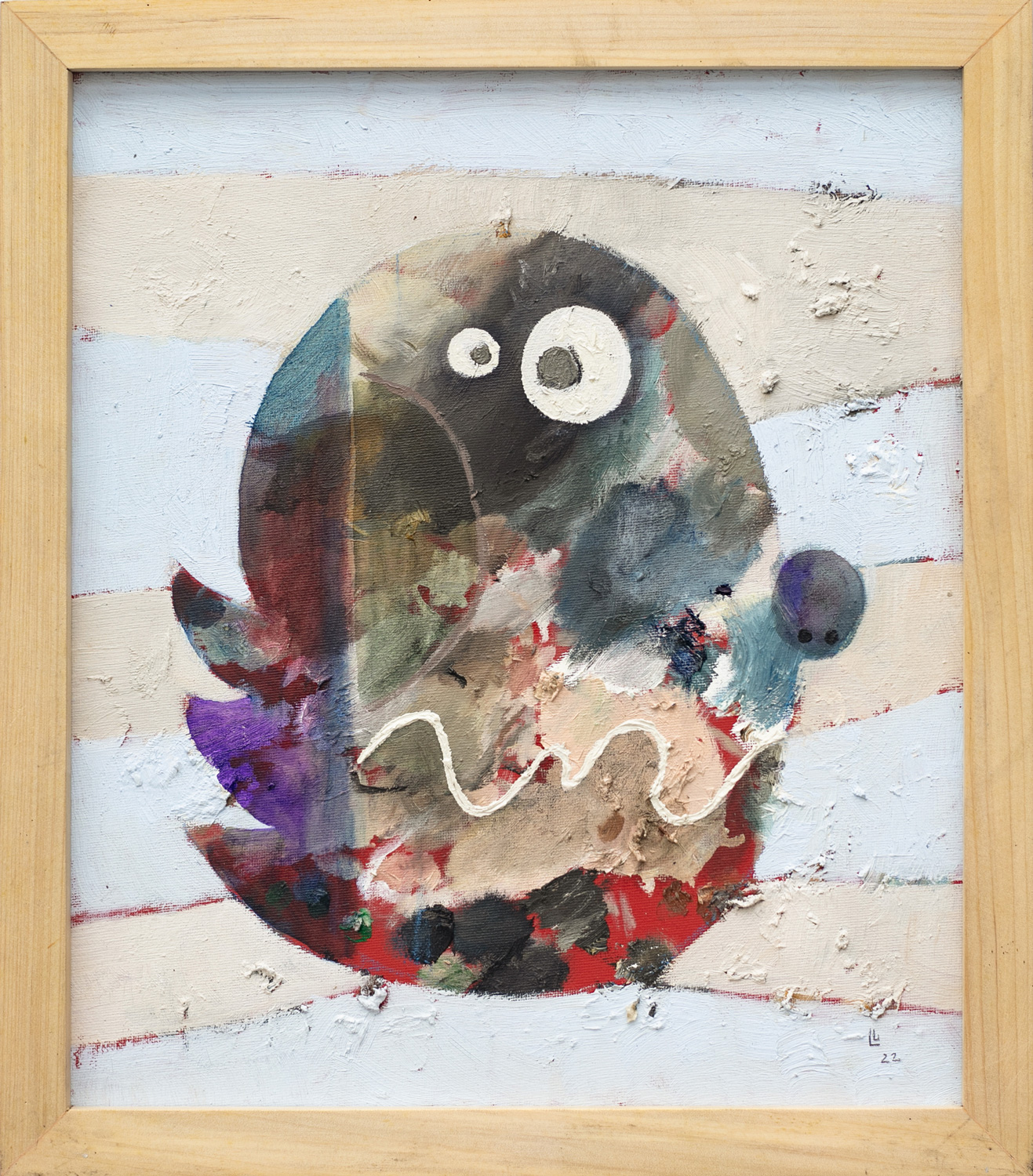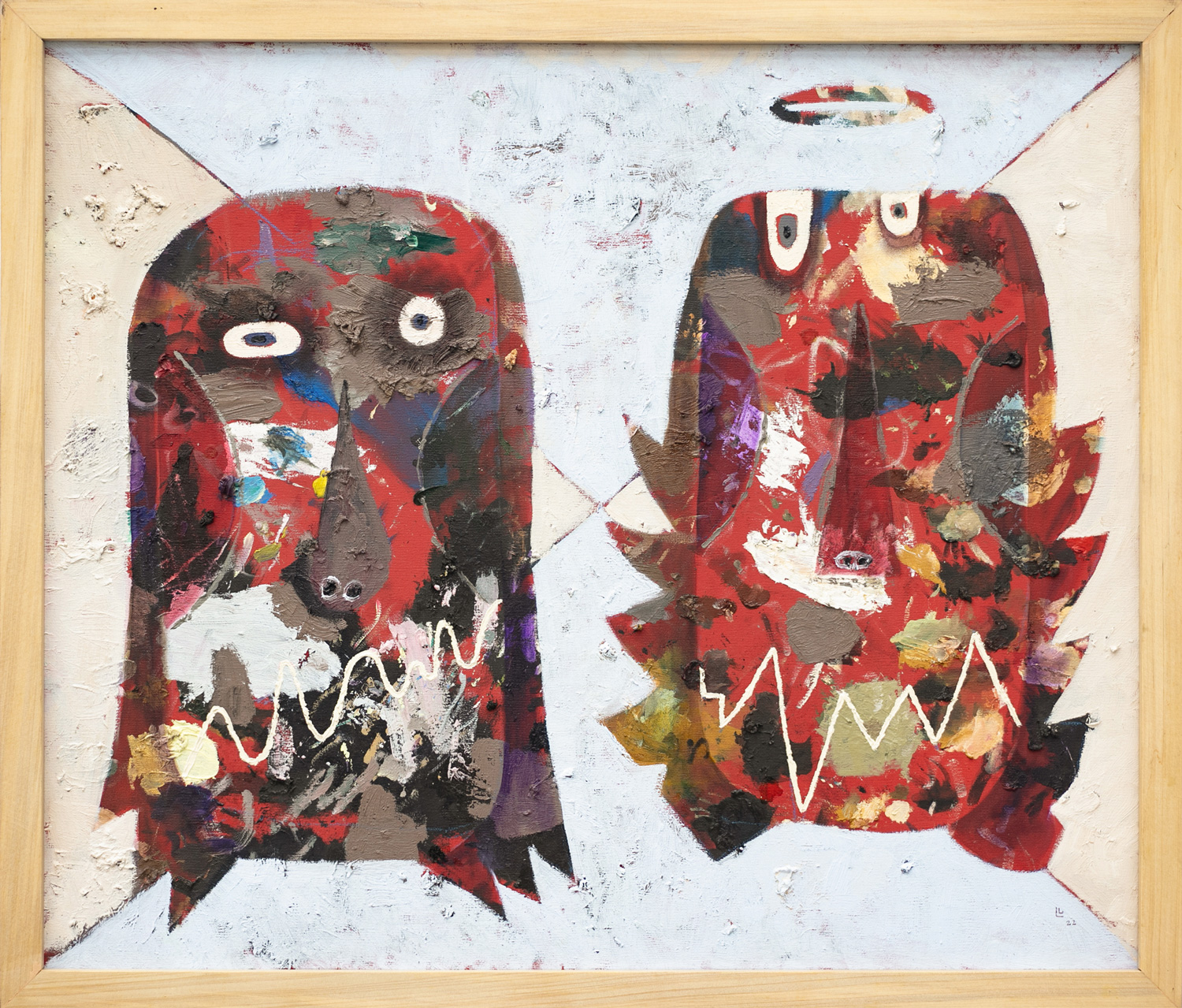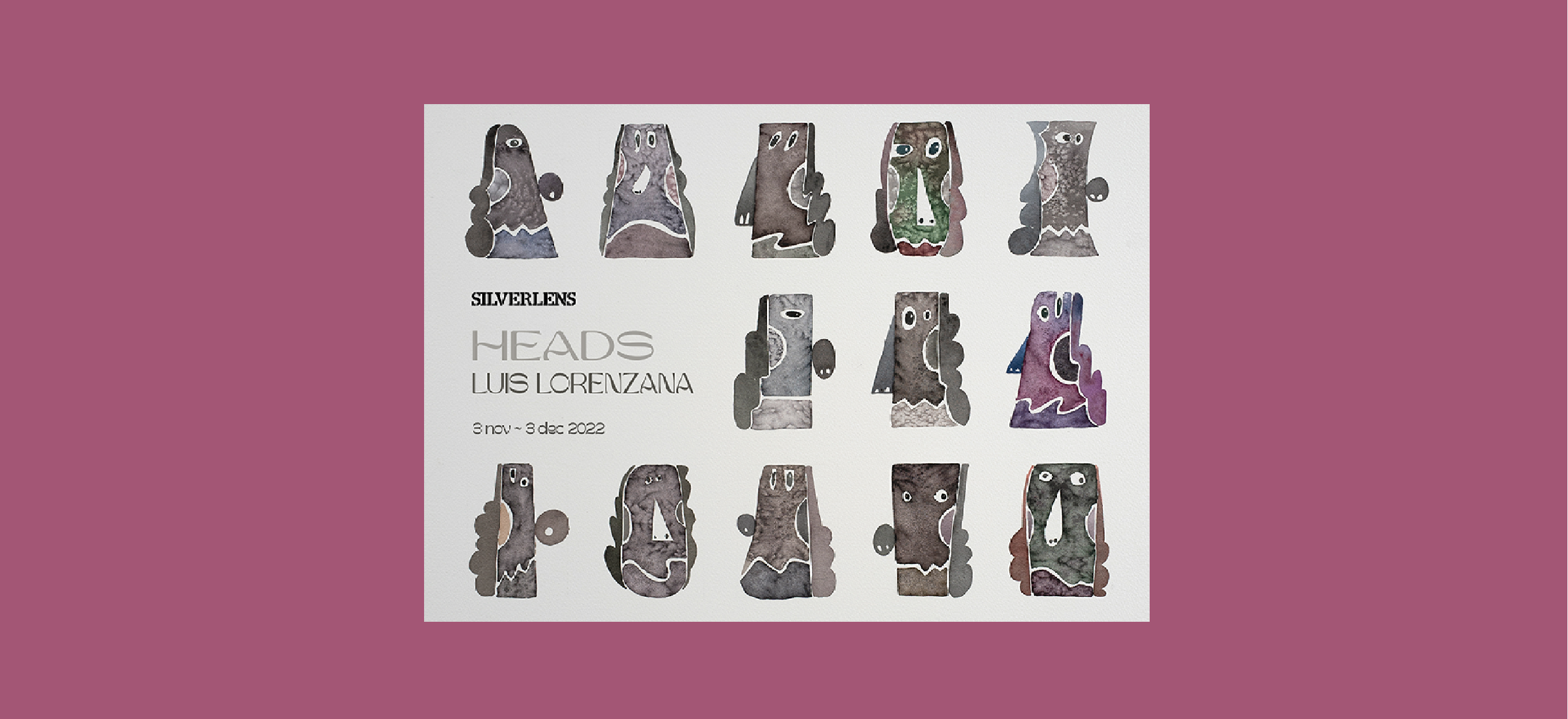
About
Deciphering systems in the way images are formed and assembled, Luis Lorenzana’s Heads presents abstract works synthesizing his continuing probe into identifying the essence of artistic expression, an endeavor that he had strived for years preceding his artistic career. Thus, in rendering and illustrating patterns, parameters of profiles become embedded and encoded in sequences or segments, which produce a framework that reciprocates formalistic approaches in painting. The organization of these elements induces sensibilities that are somewhat more uninhibited, albeit the controlled display of techniques and intentions one may find in the process of production. Lorenzana articulates these sentiments through mischievous yet meaningful forms without the burden of assembling themes and narratives to accompany an emotion, a feeling, or a thought.
Heads defines a significant period in the artist’s career as he temporarily departs from the aesthetics of pop surrealism and its cache of cultural imagery. His works remain tied to the core of his practice in articulating characters that heed at the intersection of portraiture and abstraction. Lorenzana instinctively progresses from recreating the painterly techniques of the old masters to constructing a distinct visual vocabulary displaying his total command of painting. The animated parade of patterns breathes life into the material: the canvas becomes a setting for a scene, and the paper becomes a habitat for a collective. However, it is not only through images that representations of life are revealed. The series of oil paintings in this exhibition is initiated the moment the artist uses the canvas as a palette. This act leaves spontaneous textures and colors on the surface, which prompts Lorenzana to intervene and begin a more calculated composition of what must become of the plane: defining the background, the foreground, and the middle ground. While the process appears formalistic at best, the history of interaction between the material and the artist is lodged. The method extends the existence of a painting beyond being a picture and is somewhat an archive of the artist’s movements and life inside his studio. In the series, polychromatic characters emerge from the subdued background and boldly make their presence seen. Perhaps, an indirect reference embodying the idea of survival and freedom --- from nothing, it becomes something that thrives at the center of it all.
This show of force is not only observed through Lorenzana’s conscious engagement with the material and the process but also in the mediums that mediate his works. From oil to watercolor, canvas to paper, the exhibition code switches to level the field and accommodate the propositions the artist constructs in assessing and understanding his practice. For years following his art career, he visited museums all over the world to fulfill an obligation to himself and make sense of studying art from an informal perspective, like a musician who ‘plays it by ear.’ Deviating from the detail-oriented tradition of the lowbrow movement, the minimalist approach in producing his watercolor works sets him free from the task of decrypting and subverting the Western canon, and rather, he moves on to unravel his artistic ways, unfettered and unrestrained.
Indeed, these watercolor works are lined-up like a platoon dominating the ensemble. Here, we find an almost monochromatic set of profiles, occasionally disturbed by the insertion of multicolored forms as if to emphasize balance and space. Through them, Lorenzana maintains a structure that he wills inside a liberating and comfortable order. Thus, the subjects may look the same when viewed as a composite; nonetheless, each carries detail that unequivocally differentiates one from the rest. The characters in shades of black and gray are placed carefully in between gaps and voids. Their colorful counterparts lie sequentially or sometimes at random. Perhaps, a way to demonstrate the artist’s full control of the pictorial. What must not be missed among these works is the manner in which the eyes are accentuated. They unfold impressions that insinuate familiar and unfamiliar feelings: sometimes tenderness, other times grit, and more.
Observing these works, Wallace Stevens’ poem “Thirteen Ways of Looking at a Blackbird” comes to mind. Its verses are comparable to Lorenzana’s sets of heads, and both direct us to make the conventional seem fascinating and compelling. The eight verse of the poem narrows down such artistic exploration:
I know noble accents
And lucid, inescapable rhythms;
But I know, too,
That the blackbird is involved
In what I know.
The poet’s confidence in these last three lines parallels the conviction displayed in every work in this exhibition. There is a level of certainty in the execution whilst being blithe and carefree. Long before he took on painting as a profession, Lorenzana had an auspicious career in public service and had years studying the characters that make and break a nation as he planned out a way to realize his artistic yearnings. Decades later, he reckons with painting the same way it measures him: undeterred, determined, and gratified. It may take a while, but there are rewards to being brave.
– Gwen Bautista
Luis Lorenzana is an artist whose primary schooling in public administration and a formative career working at the Philippine Senate imbued his early works with a truly distinct political awareness. Over time, he has managed to create his own unique brand of pop surrealist works. He has participated in over 30 group and solo shows in Philippines, Hong Kong, Italy, Germany, Singapore, and the United States. Last January 2020, he had his first museum solo exhibition at the Katzen Arts Center, American University Museum in Washington DC.
Installation Views
Works
